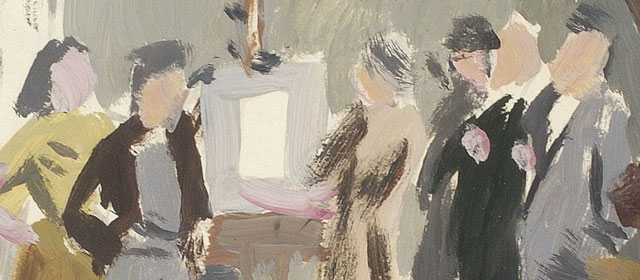Story summary
Cities and culture
Cities are often the birthplaces of culture, because of:
- size – there are more people, so specialised groups can emerge
- wealth – it is easier to raise money in the city for a concert hall or sports stadium
- culture and recreation facilities – cities have more museums, libraries, galleries, theatres and sports venues
- transport – New Zealand’s major cities were all ports. They became transport hubs, where overseas artists or sportspeople arrived, and rural people came to visit
- education – city populations are often more highly educated.
Making their own fun
Reading was always popular, and cities had bookstores and libraries. The four main cities (Auckland, Wellington, Christchurch and Dunedin) were all close to beaches, where people enjoyed a day out and a picnic. They fished from wharves or in the Avon River in Christchurch. Cities also had plenty of pubs, where people could drink and chat.
Arts and culture
In the 19th century people enjoyed going to formal dances. Settlers organised choral societies and other musical groups. Professional overseas musicians, and opera and theatre companies, visited and performed in cities. Museums were built in the main centres, and artists set up societies and galleries.
Later, movies became popular, and people went to cabarets rather than balls. Local theatre companies toured the country – so did New Zealand’s symphony orchestra and its ballet and opera companies. A subculture of intellectuals – many of them European immigrants – developed.
Sport
In the 19th century races and regattas were held on public holidays and for special events. People set up clubs and venues to play cricket and football, and rugby became popular after 1870.
In the 20th century transport improved – it was easier for people to come into the city for special events. Big crowds turned out to watch cricket and rugby games. Cities built more parks and venues, and many people played sport.
Culture and recreation after 1965
In the early 1960s the cities were quiet, as people stayed home to watch television. In 1967, and again in the 1980s, pubs’ opening hours were extended. More people began eating out in restaurants, and shops were allowed to open at the weekend.
Professional theatres were set up – so were film societies and festivals. Bands played in music venues, new museums and galleries opened, and crowds attended arts festivals. Sport became more professional, and new grounds and stadiums were built.





